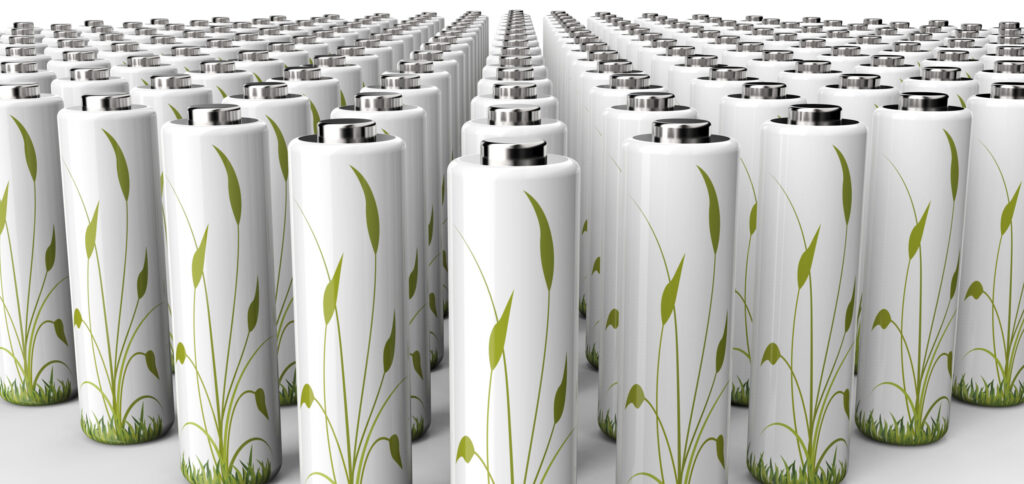
Project Overview
Duration: 2018 onwards
This research stream is being conducted as part of the activities of the ANU Battery Lab.
Contact: Dr Alexey Glushenkov, Research Leader, Battery Storage and Grid Integration Program, ANU. Email: alexey.glushenkov@anu.edu.au
Collaborators: Institute for Frontier Materials, Deakin University, Australia; Kurnakov Institute of General and Inorganic Chemistry, Russian Federation; Queensland University of Technology, Australia.
Sodium-ion and potassium-ion batteries are two forerunners in the disruptive battery technologies race that could be set to rival lithium batteries.
Two key elements in lithium batteries – lithium and cobalt are considered to be relatively expensive due to their associated mining costs. Furthermore cobalt is sometimes referred to as the blood diamond of the elements due to a history of human rights violations including child mining.
By contrast sodium-ion and potassium ion batteries are made from elements that are plentiful and cheap and can be sourced almost anywhere. They are proving their viability in a growing number of world-wide demonstrations as a safe and sustainable alternative to lithium batteries. In particular, they are suited to stationary energy storage, for example storing surplus renewable energy as well as other grid-related energy storage applications.
Although lithium-ion batteries are used in the majority of modern battery applications, including mobile phones, laptops and electric vehicle batteries, there are concerns about the sustainability of this battery technology. Lithium is a relatively scarce chemical element on Earth with uneven geographic distribution Considering the current scenarios of a large scale uptake of lithium-ion batteries in electric vehicles, the electricity grid and home energy storage, it is not clear if the dramatic expansion in the use of batteries can be sustained by lithium-ion battery technology only.
“A feasible strategy is to complement the use of lithium-ion batteries with alternative battery storage solutions that utilise more sustainable materials and chemical elements,” said Dr Alexey Glushenkov, Research Leader, Materials and New Technologies for Battery Storage within the Battery Storage and Grid Integration Program. “Sodium and potassium are approximately 1000 times more abundant than lithium, and can be sourced anywhere, without geopolitical limitations.
“At the same time, their chemical properties are very similar to lithium, enabling competitive battery systems to be established. Emerging sodium-ion and potassium-ion batteries are feasible solutions for future large scale energy storage. Identifying and optimising the electrode materials for these new batteries is the key task,” said Alexey.
Our research seeks to discover and improve negative and positive electrode materials for sodium-ion and potassium-ion batteries. Carbon-based materials, alloying/conversion negative electrode materials and appropriate positive electrode candidates such as layered and polyanionic materials are synthesised and evaluated. Various strategies are employed to understand their electrochemical reaction mechanisms and improve their cyclic stabilities and high rate performance.
These activities are a part of a broad research program enabled by the newly established ANU Battery Lab.
